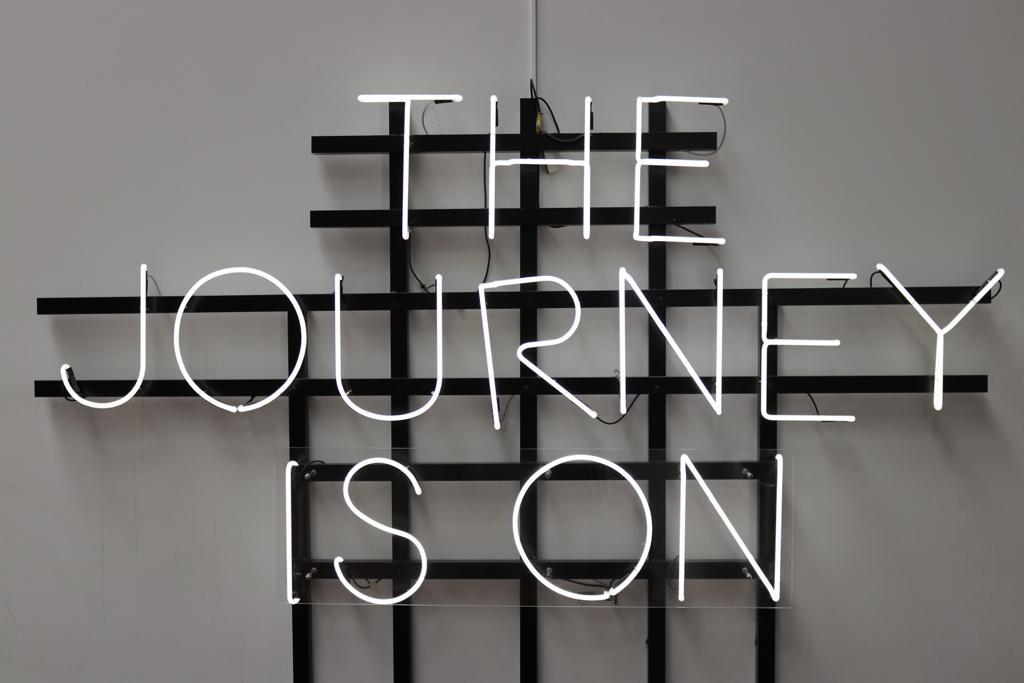When people say they love change I don’t believe them. Well, actually, I believe them with some scepticism because I think they’re talking about specific types of change, that is change they instigate. Change that we initiate, that we are in control of, and that we can manage is the kind of change that many people love, but change that is done-to us, that we have little-to-no say over, that we are not in control of is fundamentally destabilising and can be the cause of fear, uncertainty, or doubt.
If you have ever managed a desk move you’ve likely quickly realised what can happen when you tell someone they’re losing their window seat. Extrapolate that out into significant structural, procedural, or cultural change programs and it is easy to see why things can quickly go wrong.
I agree with Glow Chief, Emma Harris when she spoke about change management being BAU. We can’t get away from it. In today’s culture of immediacy, if you’re brand isn’t changing then you’re being left behind. But it isn’t the change that you have to worry about, it’s the emotional and psychological transition that people will inevitably go through as a result of the changes that they didn’t choose.
Advances in neuroscience have shown us that the not-instigated-by-us type of change fires up the same centres of the brain that light-up when we are in physical pain. This type of change is, quite literally, painful. It’s no wonder why we do whatever we can to resist it. We don’t like pain and we’ll go to extraordinary measures to avoid it.
And, in the words of Don Wilson, a participant in a leadership training I ran in 2018 in San Francisco, “I know one thing about change and that is resistance to change can turn a good thing into a bad thing”. Well said, Don. This isn’t new, people way more clever than me have talked about and written about these topics.
In 1969 Elisabeth Kübler-Ross wrote a groundbreaking book cheerily called, ‘On Death and Dying’ in which she described the 5 stages of grief encountered by terminally ill patients. Her theories were quickly evolved to include any degree of personal loss, not just death, including the end of relationships, loss of job, and even small everyday personal losses not instigated by the individual. Her work has been used time and again in the business world to chart the course of employees’ engagement and performance in times of change while providing managers with some clues to action they can take to help people through the transition.
Needless to say that the introduction of all and any change to the status quo that is not instigated by oneself will trigger an emotional journey. This emotional journey goes something like this…
- Step 1 – Nah | When change is first announced our initial emotional and cognitive waypoint is disbelief. This can show-up in a number of ways, for example refusing to engage with it, ignoring it until it goes away, or clinging onto a false reality in the hopes that the change that has been communicated will go away. “Nah” can last a few days or it can hang around for years. Ever heard anyone say to you, “This place isn’t like it used to be”? It’s a sure sign that they’re still stuck somewhere in, “Nah” as a result of a change at work.
- Step 2 – OMG!! | The two exclamation points are important. If [and I use the word ‘if’ over ‘once’ quite deliberately] people move beyond their states of disbelief they allow themselves to feel their frustration and to think negative thoughts. This can show-up as passive aggression, undermining, back channeling, or outright anger. Sometimes this can feel personally directed at you, but really it’s just a manifestation of the brain-pain they’re experiencing. Companies and sectors that are allergic to emotion tend to try and stop “OMG!!” from happening which just prolongs the transition and exacerbates the pain for everyone.
- Step 3 – WTF? | At some point the anger will turn inwards and morph into sadness or despair. Your people might start to feel like there is no point in railing against the change, that they have ‘no place’ in the future organisation, that maybe it’s time for them to leave and find a place where they will once again feel settled and at home. Employee attrition will sky rocket as a result of “WTF?”, if your transition is not being managed well.
- Step 4 – Okay. | This is not so much an agreement with the change as in “It’s okay” as it is an acceptance and recognition that the change is happening. When your people move into “Okay.” they’re signalling their psychological resistance has diminished to a place from which they can now engage with the change; they can face and embrace an inevitable future.
These steps might happen sequentially, simultaneously, or they may even occur in some weird random order, but they will happen. There is nothing that anyone can do to stop these steps from happening. Therefore the job of the leader[s] of any organisation instigating the change is not to manage it per se, but rather to smooth the emotional and psychological transition by taking account of the Nah-OMG!!-WTF?-Okay response through the careful construction of some transition programming. Well placed, thoughtfully thought-through employee experience activities that will smooth the emotional bumps and melt the psychological barriers.
How? Here’s the annoying answer, “It depends”.
But really, it depends. And it depends on a number of factors – the size of the change, the size of your organisation, the nature of the change [internal, external, or both], the culture of your organisation and its readiness for transitions, the manner in which your leaders show-up and so on. Here are a few top tips to whet your appetite:
- Nah | Repetition is key. Clearly sharing the “why?” of the change by articulating the current dissatisfaction [i.e. why the change is needed and what it is going to fix, add, or gain], what the change is, and how the change is going to happen.
- OMG!! | The most effective antidote to the brain-pain of OMG!! is patience. Organisations who are instigating change have a terrible habit of spending months, sometimes even years planning changes and then expect their people to run toward the finishing line in a matter of weeks. In this race toward the finish line it’s important to be the tortoise not the hare. During OMG!! transition activities should centre around giving space in 1:1 or group conversations for catharsis and leaders are best served by not being surprised by, or taking personally, any emotional expression. They’re going to happen and it is way better to facilitate them happening in an open way than it is to let it go underground.
- WTF? | Now is the time to listen with the intent to understand, not with the intent to reply. In the words of Carl Rogers, “when someone really hears you without passing judgment on you, without trying to take responsibility for you, without trying to mould you, it feels damn good…It is astonishing how elements that seem insoluble become soluble when someone listens, how confusions that seem irremediable turn into relatively clear flowing streams when one is heard.” When someone is WTF’ing, your one and only job is to listen deeply and acknowledge what you have heard. Don’t try and reframe them, rescue them from their feelings, or encourage them with a “chin-up”. Once, and only once, you have listened deeply and understood what you are hearing would it be appropriate to respond. Respond with what? A careful rearticulation of the ‘Why?’ and a sensitive, non-salesy, articulation of the benefits they might experience as a result of the change.
- Okay. | This is the time to sell the change. Not in a ra-ra Pollyanna kind of way, but in a way that continues to paint the picture of WIIFM [What’s In It For Me]. This is a time to double-down on your efforts in articulating why this change will be beneficial for your people, your customers, and your business. It is also a really good time to start offering training on new processes and ways of working. If, through the change, teams are being restructured now is the time to bring people together for team development or team integration sessions i.e. deliberate, facilitated moments through which new relationships and rapport can be built.
So, yes, change is BAU; it’s necessary to ensure your brand establishes, maintains, and grows its position and reputation. The way in which you manage the transition will hold you back or it will accelerate your plans. With some careful thought and expert transition planning you will have a seriously slick and humming culture ready to flex and adapt to anything.




